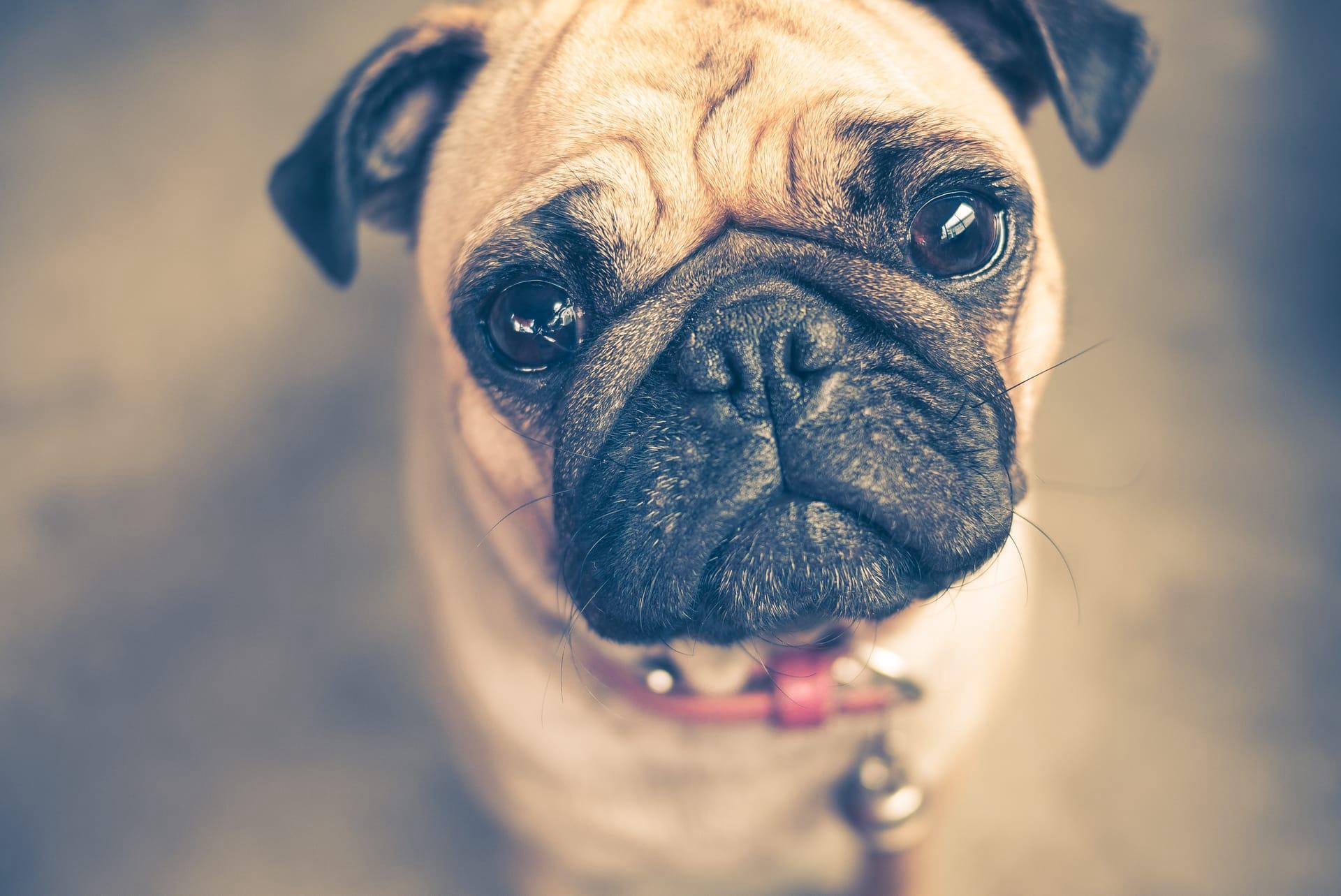1
Bullmastiffs are a formidable blend of strength and agility, originally bred in the 19th century in England. They were designed as gamekeepers' guardians against poachers. Weighing in at a hefty 100 to 130 pounds (45 to 59 kilograms) and standing 24 to 27 inches (61 to 69 centimeters) tall at the shoulder, they possess the bulk and power to physically apprehend trespassers. However, it's their intelligence and loyalty that made them especially effective, as they were trained not to maul the intruders but rather to hold them at bay until their master arrived.
The Bullmastiff's coat is a marvel of adaptability and serves as a first line of defense against the elements. Its short, dense fur is perfectly suited for the outdoor life of a working dog, providing insulation against both cold and heat. The breed's coat colors—fawn, red, or brindle—are not just for show; they were strategically chosen to provide camouflage in the English woodlands, allowing these guardians to blend seamlessly into their surroundings and catch poachers by surprise.

2
Despite their imposing size, Bullmastiffs have a surprisingly gentle disposition, earning them the nickname "The Gentle Giant" among enthusiasts. This temperament makes them excellent family pets, as they are known to be exceptionally patient and gentle with children. Their protective instincts are finely tuned, making them vigilant guardians of their home and family, yet they are discerning enough to distinguish between friend and foe, reducing the risk of aggressive behavior towards guests.
Bullmastiffs are renowned for their incredible strength, which is not just limited to their physical prowess. They possess a powerful bite, a trait that was essential for their original purpose of holding down poachers without causing grievous harm. This capability comes from their broad skull and strong jaw muscles, which enable them to apply significant pressure. This aspect of their anatomy highlights their role as non-lethal enforcers, relying on strength and intimidation rather than aggression.

3
One of the lesser-known aspects of the Bullmastiff is their exceptional sense of smell, which complements their visual and auditory guard skills. This keen olfactory ability made them invaluable in tracking down poachers hiding in the dense foliage. Their ability to silently stalk and use their nose to guide them to hidden intruders made them indispensable to gamekeepers. This sensory prowess is a testament to their multifaceted role as protectors, relying on more than just brute force to fulfill their duties.
The Bullmastiff's intelligence is a key feature that sets them apart from many other breeds. They are not just brawn; their brains allow for quick learning and adaptability to various situations. This cognitive ability was crucial for their work in the field, as they needed to understand complex commands and make independent decisions when tracking poachers. Their training was based on developing a deep bond with their handler, enabling them to work as a cohesive unit, which is a practice that translates well into modern Bullmastiff training methods, emphasizing positive reinforcement and mutual respect.

4
Despite their historical role as formidable guardians, Bullmastiffs have a surprisingly low energy level, which makes them well-suited to indoor living. They are known to be quite content with moderate daily exercise and are famously described as "couch potatoes," happy to relax by their owner's side. This laid-back nature is in stark contrast to their vigilant when on duty, showcasing the breed's adaptability to both active and passive roles within the family home.
The lifespan of a Bullmastiff is typically around 8 to 10 years, a statistic that is important for prospective owners to consider. Their time with us might not be as long as with some smaller breeds, but their impact on the lives of their families is profound. This knowledge encourages owners to cherish every moment with their gentle giants, ensuring they live full and happy lives through proper care, nutrition, and regular veterinary check-ups to manage common health issues like hip dysplasia, which can affect larger breeds.

5
Bullmastiffs have a unique feature in their repertoire: a distinctive "Bullmastiff drool." This trait is particularly noticeable after they drink or eat, or when they are excited. While it may be a minor inconvenience for some, it is a small price to pay for the companionship of such a loyal and protective breed. Owners often come to view this characteristic as a quirky part of their pet's personality, embodying the breed's endearing nature despite its formidable appearance.
Historically, Bullmastiffs were not just used for guarding estates; they also played a role in wartime efforts. During World War II, they were employed as military dogs, utilizing their strength, intelligence, and loyalty to perform tasks like guarding prisoners, patrolling borders, and protecting military installations. This versatility in roles from peacetime to wartime underscores the adaptability and resilience of the Bullmastiff breed, cementing their legacy as more than just guardians but as invaluable companions and workers in various spheres of human endeavor.